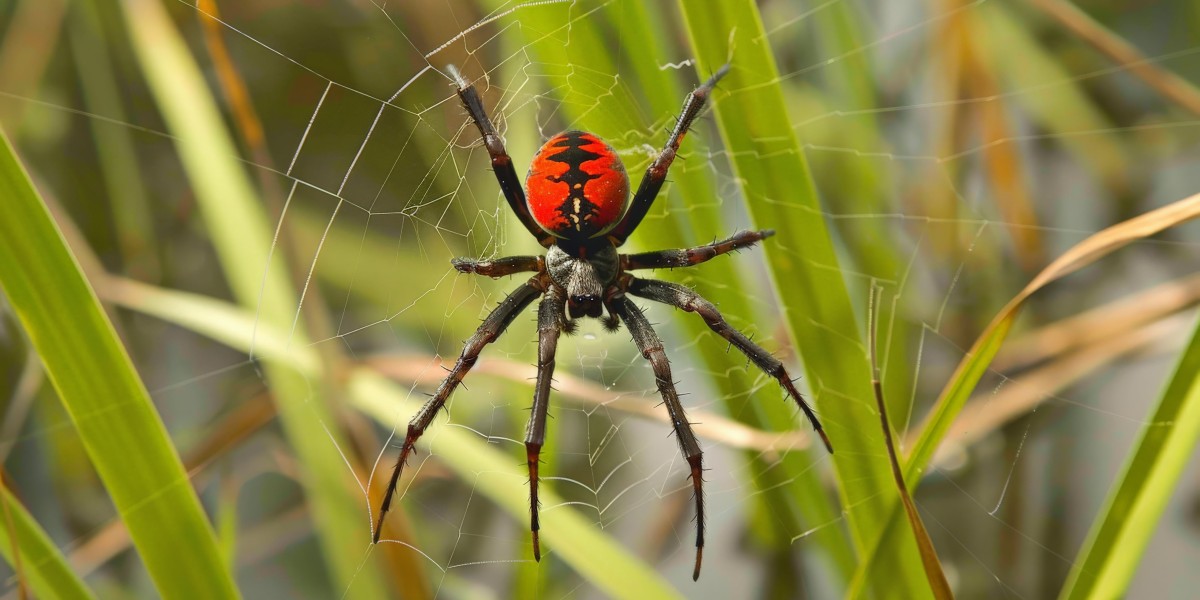Introduction
You may have noticed tiny red dots crawling across your windowsills, garden furniture, or even indoor walls. At first glance, their bright red color can make them look alarming, leading many people to wonder if these Tiny Red Spiders are dangerous. But are they really something to be afraid of, or are they just misunderstood little creatures? Let’s dive deep into the myths, facts, and realities about these insects and find out the truth.
What Are Tiny Red Spiders, Really?
Despite their name, most of these “spiders” are not actually spiders at all. They are usually clover mites or red spider mites—microscopic arachnids that belong to the same family as ticks and true spiders but behave differently.
- Clover mites: The most common type found in homes and gardens. They feed on grass and plant sap.
- Spider mites: These are mostly plant pests that thrive on leaves and weaken plants over time.
Neither type is poisonous to humans.
Why Are They Red?
Color often gives people the wrong idea. In nature, bright colors can mean danger, so many assume these red mites are venomous. In reality, their red color comes from pigments in their bodies and has nothing to do with toxins or poison.
Do Tiny Red Spiders Bite Humans?
This is one of the most common fears. The answer is simple: No, they don’t bite humans or animals. They have needle-like mouthparts designed for piercing plant tissue, not human skin. Even if they crawl on you, they cannot harm you.
Are They Dangerous to Plants?
While they are harmless to people, some species can be problematic for plants.
- Clover mites suck sap from grass and garden plants, leaving tiny silver streaks on leaves.
- Spider mites are notorious for causing yellowing and drying of plant leaves.
So, while you don’t need to worry about your health, your garden might suffer if they multiply too much.
Common Myths About Tiny Red Spiders
Myth 1: They Spread Diseases
There is no scientific evidence that these mites transmit diseases to humans or pets.
Myth 2: They Infest Bedding and Furniture
Unlike bed bugs, they don’t survive by feeding on blood. They might wander indoors but won’t live in your bed or sofa.
Myth 3: Crushing Them Is Safe
When squashed, they leave behind red stains that can permanently mark walls, curtains, and furniture. So it’s better to remove them gently.
Why Do They Appear in Homes?
Clover mites often enter homes during spring and fall, when weather changes push them indoors. Cracks in windows, door frames, and walls make perfect entry points. They are tiny—smaller than a pinhead—so keeping them out completely can be tricky.
How to Control Tiny Red Spiders Naturally
- Seal Entry Points: Caulk cracks around windows and doors.
- Vacuum Regularly: Instead of squashing, use a vacuum to collect them.
- Limit Fertilizer Near Homes: Clover mites thrive on heavily fertilized grass, so avoid over-fertilizing near your house.
- Introduce Predators: Ladybugs and lacewings naturally reduce mite populations in gardens.
When to Call Pest Control
If an infestation grows large enough that you see hundreds of red dots on your walls or windows, professional pest control might be the most effective solution. Experts use eco-friendly sprays and treatments to manage them safely without harming your plants or indoor air quality.
Tiny Red Spiders vs. Other Small Red Bugs
Sometimes, people confuse these mites with chiggers or red velvet mites.
- Chiggers bite humans and cause itchy rashes—but they are not the same as clover mites.
- Red velvet mites are larger, fuzzy, and often found in soil; they are harmless to people.
Knowing the difference helps avoid unnecessary panic.
Are They a Long-Term Problem?
Not really. Most tiny red spider invasions are seasonal. They might appear in large numbers for a few weeks, then disappear as the weather shifts. With proper prevention, you can minimize their return each year.
Quick Do’s and Don’ts
- ✅ Do vacuum them carefully.
- ✅ Do seal cracks and maintain your lawn.
- ❌ Don’t crush them on walls or furniture.
- ❌ Don’t confuse them with biting insects.
Conclusion
Tiny red spiders may look scary at first, but in truth, they are harmless to humans. They don’t bite, don’t spread diseases, and won’t infest your bedding. Their only real downside is the damage they can cause to plants and the nuisance of seeing them indoors. By managing your lawn, sealing entry points, and calling pest control if needed, you can easily keep them under control. So next time you spot a little red speck crawling on your window, remember—it’s more of a harmless guest than a dangerous intruder.
FAQs
Q1: Are tiny red spiders poisonous?
No, they are not poisonous to humans or pets.
Q2: Do clover mites bite people?
No, their mouthparts are designed for plants, not human skin.
Q3: Can they damage houseplants?
Yes, in large numbers they can weaken plants by sucking sap.
Q4: How do I get rid of the red stains they leave behind?
Mild soap and water can help, but prevention is better—vacuum instead of crushing.
Q5: Are tiny red spiders the same as chiggers?
No, chiggers bite humans, while clover mites are harmless.







